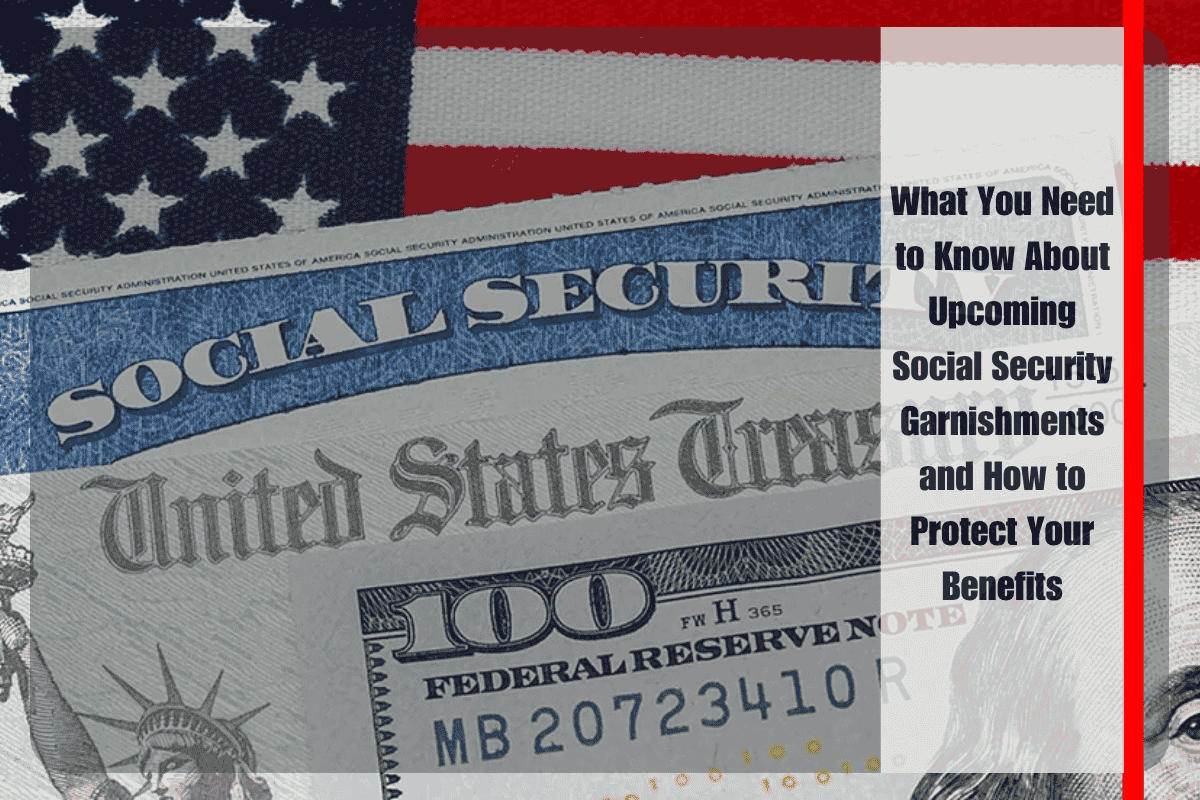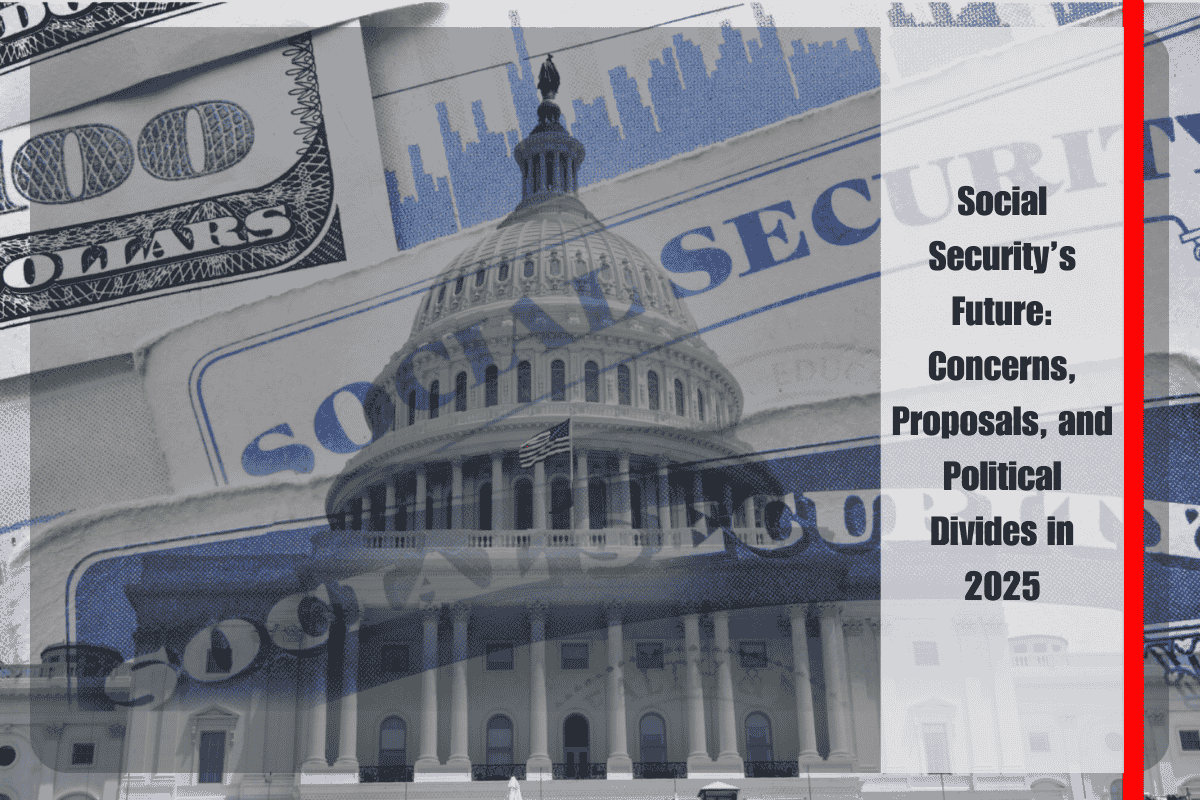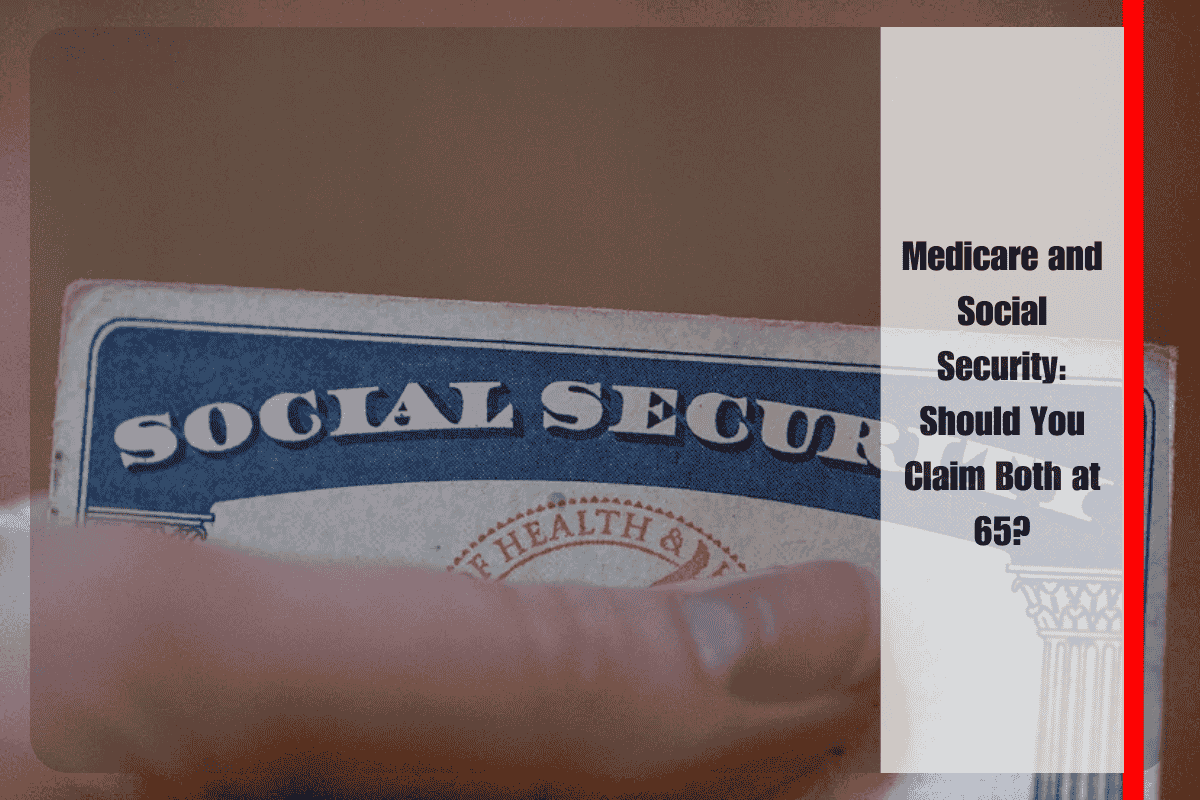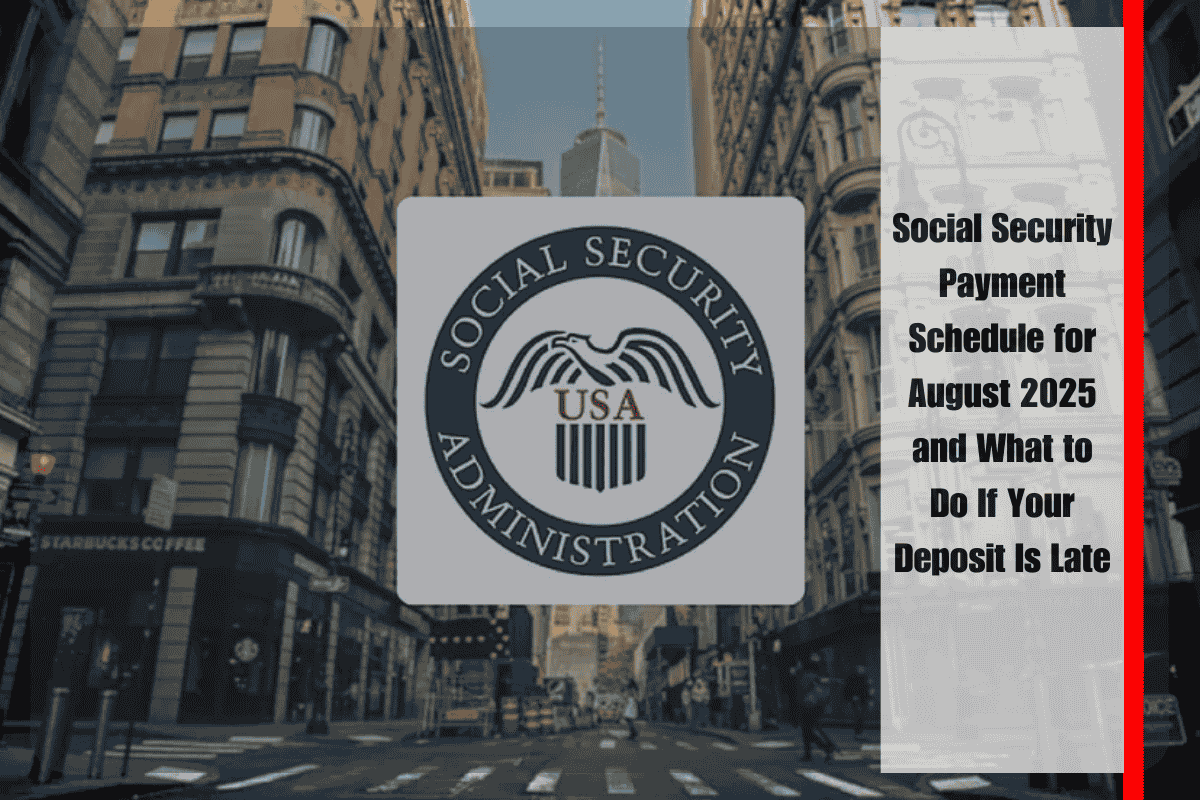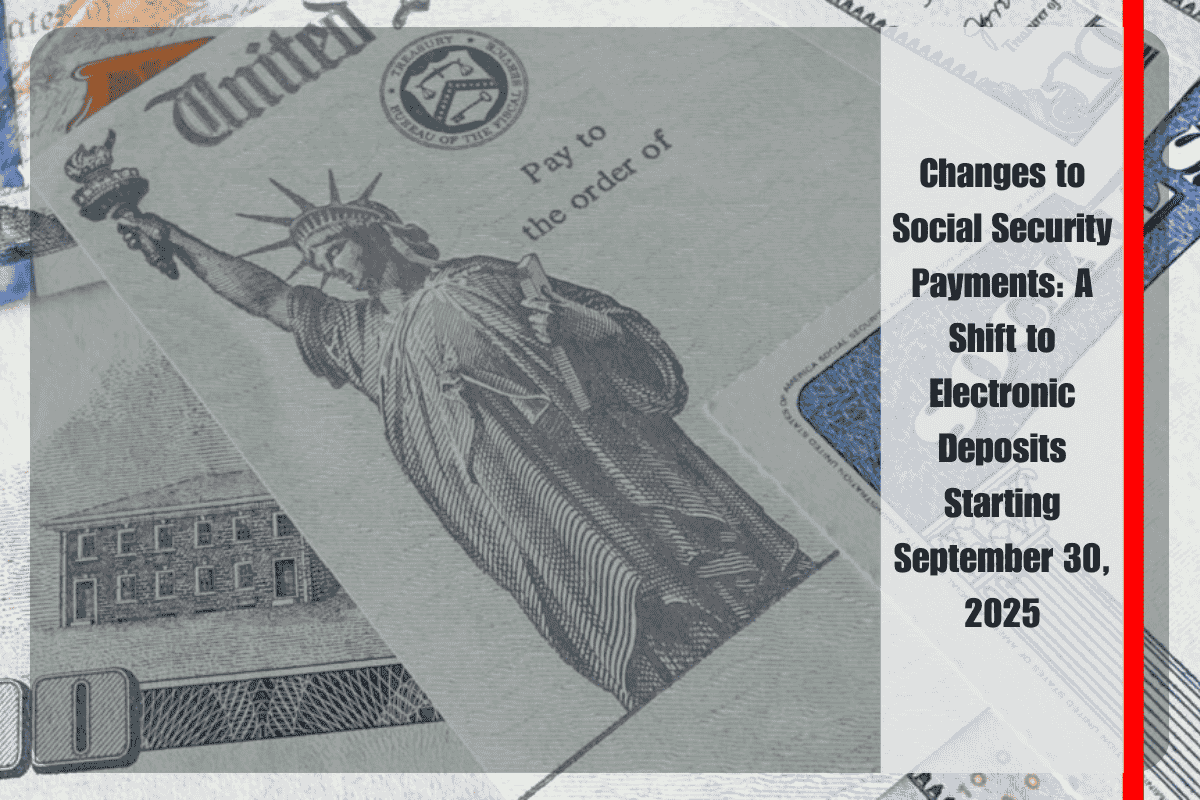For millions of retirees, Social Security benefits are the foundation of their monthly finances, ensuring they remain above the poverty line. In 2023, Social Security lifted 22 million people—including more than 16 million seniors—out of poverty, according to the Center on Budget and Policy Priorities. However, upcoming changes to garnishment rules are raising concerns that some retirees could face reductions in their essential payments starting in the summer of 2025.
The Impact of Social Security Garnishments
Starting in July 2025, new garnishment rules will go into effect, following changes implemented during President Donald Trump’s administration. These updates will allow the federal government to garnish Social Security payments for people who owe certain federal debts. As a result, over one million retirees and beneficiaries could see a reduction of up to 15% of their Social Security checks.
Here are the main changes to be aware of:
15% Garnishment for Federal Student Loans: If you’re behind on federal student loans, the government can garnish up to 15% of your Social Security payment. This rule is set to start on July 24, 2025.
Claw backs for Overpayments: If you received more Social Security benefits than you were eligible for in the past, the Social Security Administration (SSA) will start recovering those funds. Initially proposed at 100%, the SSA reduced this rate to 50% after public outcry.
Revival of Garnishment for Federal Debts: The U.S. Treasury has resumed its initiative to collect unpaid federal debts, allowing garnishment of Social Security checks for unpaid taxes, federal student loans, and other debts.
While these measures are designed to strengthen the Social Security system’s long-term sustainability, they place added pressure on retirees, particularly those living on fixed incomes.
What Causes Social Security Garnishments and Overpayments?
Garnishments are most common for retirees who owe the federal government for various debts, including student loans, delinquent taxes, or defaulted mortgages. Overpayments occur for several reasons, such as administrative errors or beneficiaries failing to update their income or work status.
For example, Social Security Disability Insurance (SSDI) recipients can earn up to $1,620 per month without issue. However, if a recipient exceeds this limit without informing the SSA, they could be subject to an overpayment and eventual garnishment. According to the SSA, by the end of 2023, nearly 2 million people owed money due to overpayments, with about $23 billion still uncollected.
How to Protect Your Social Security Benefits
If you’re concerned about garnishment or if you’ve received a notice of an upcoming reduction, there are several proactive steps you can take to minimize or avoid the impact:
Request a Waiver or Appeal the Overpayment
Form SSA-632BK: Use this form to request a waiver if you believe the overpayment wasn’t your fault and repaying it would cause financial hardship.
Form SSA-561: File this form to appeal the amount or status of the overpayment.
Form SSA-634: If you want to reduce the garnishment, submit this form along with documentation of your income and expenses.
Use a Separate Account for Social Security Deposits
Federal law protects two months’ worth of Social Security deposits in a bank account from garnishment. Open a dedicated account just for your Social Security payments to ensure this protection.
Apply for a Treasury Hardship Exemption
If your income is below the federal poverty guidelines, or if you rely entirely on Social Security for essentials like food and medical care, you may qualify for a temporary exemption from garnishment. Contact the Bureau of the Fiscal Service or visit fiscal.treasury.gov for more details.
Act Before the July 24, 2025 Deadline
If you’ve received notice of an upcoming garnishment, it’s crucial to take action before the July 24, 2025 deadline. You can seek assistance from nonprofit credit counseling agencies or legal professionals to explore your options.
What’s at Stake: Expert Advice on the Risks
Legal experts caution that even losing a fraction of a Social Security check could make it difficult for retirees to cover basic needs. According to Nancy Altman, president of Social Security Works, “For many retirees living month to month, losing even 15% of a Social Security check can be devastating. It’s vital to know your rights and act before garnishment begins.”
As the new garnishment rules take effect, timely action is key. With the right preparation and information, most retirees can still protect their Social Security income, ensuring financial stability despite the changes to government policies.
Upcoming garnishments could affect millions of retirees who rely on Social Security to stay financially afloat. The good news is that if you act quickly, you may be able to minimize or avoid the impact of these changes. Be proactive by understanding your rights, applying for exemptions, and appealing overpayments. By taking these steps before July 24, 2025, you can ensure that your Social Security payments remain a reliable source of income well into the future.
